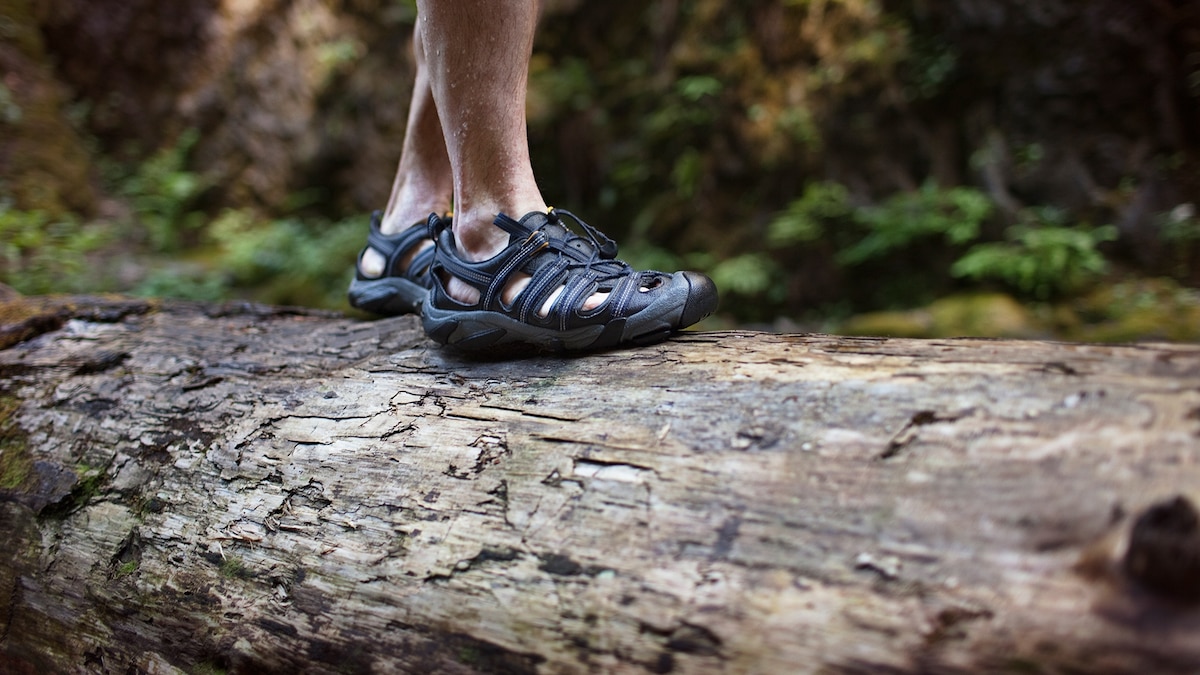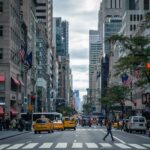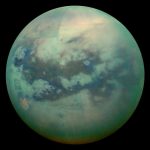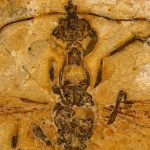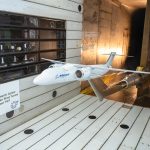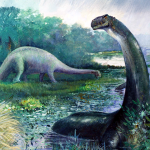Now Reading: In pictures: overlanding in Alaska, where glaciers meet bear country
-
01
In pictures: overlanding in Alaska, where glaciers meet bear country
In pictures: overlanding in Alaska, where glaciers meet bear country
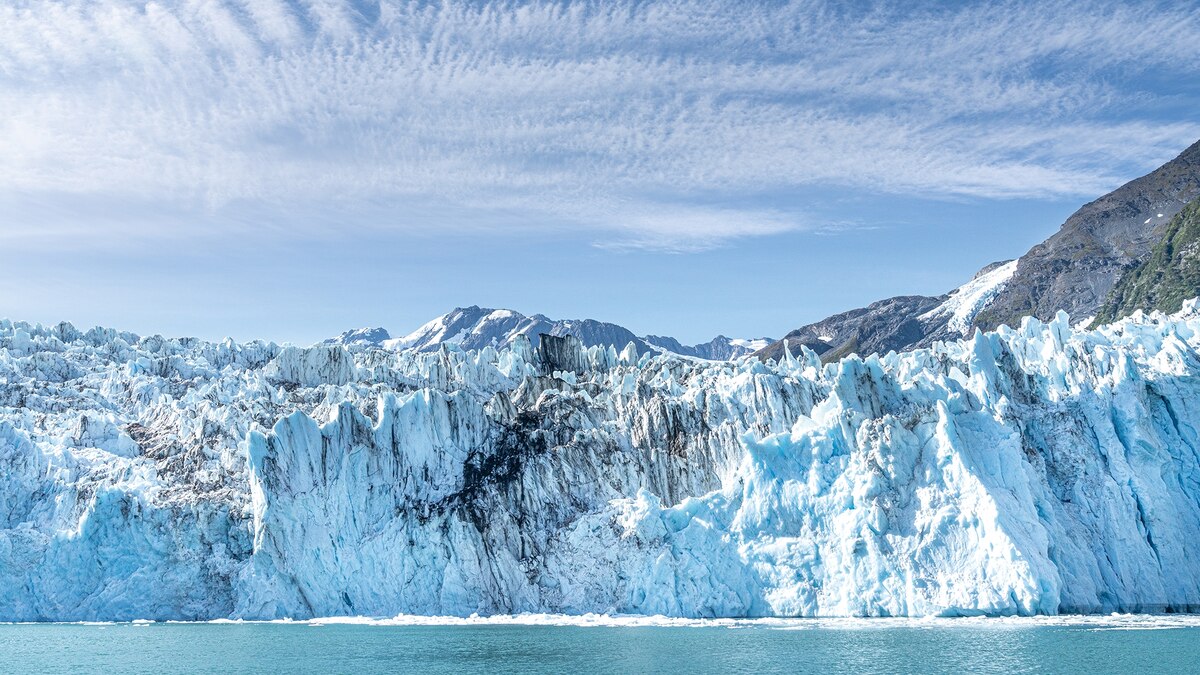
This article was produced by National Geographic Traveller (UK).

Most journeys start from the city of Anchorage, via painted seaplanes that can be seen docked around various lakes, making them look like rainbow-coloured neighbourhoods.


Photographs by Marisa Marulli

Where southern Alaska’s land fractures into hundreds of islands and inlets, travellers will find the broad body of Prince William Sound — another area rich in wildlife such as black bears, seals and humpback whales.

Residents here make a living by taking guests on boat trips through scenic passages — some of which have opened up as the area’s glaciers have shrunk due to climate change. Some have receded almost completely to the rock in recent decades but there are still several wide walls of ice across the water, drawing many visitors.

Wildlife has had to adapt to these changing conditions, as have the guides who bring travellers from towns such as Whittier — the typical base for those not travelling by cruise ship.

At 27 miles long, the Matanuska Glacier is the largest in the US accessible by road. It takes less than two hours to get here from Anchorage along the scenic Glenn Highway, and many who visit Alaska by land make a detour to this rippling sea of ice on the way from Anchorage to Denali National Park.

Travellers passing through the Matanuska Valley can drive right up to the base of the glacier and walk on it with a guide or try ice climbing. Tours provide equipment such as helmets and crampons, and give a unique, up-close perspective on the glacier’s eerie fissures, luminous blue caves and walls of ice that groan and creak.

Those who make it to Denali National Park may hear of the ‘30% Club’, which is a reference to your chances of seeing America’s highest peak while there. The other 70% of the time, Denali is covered by clouds; those lucky enough to glimpse it can pick up a 30% Club magnet or pin at local gift shops. This park is bigger than some US states; everything is so grand, so open.

Denali can only be explored via park bus, and you must be there at dawn if you want a seat. The drivers will stop if they spot any wildlife, such as grizzlies or elk. The last drivable stop is a place called Kantishna, 89 miles along the park road. Yet in Alaska, where only 20% of the state is accessible by road, that does not stop travellers finding ways to explore further.
Published in the USA guide, available with the Jan/Feb 2025 issue of National Geographic Traveller (UK).
To subscribe to National Geographic Traveller (UK) magazine click here. (Available in select countries only).


















